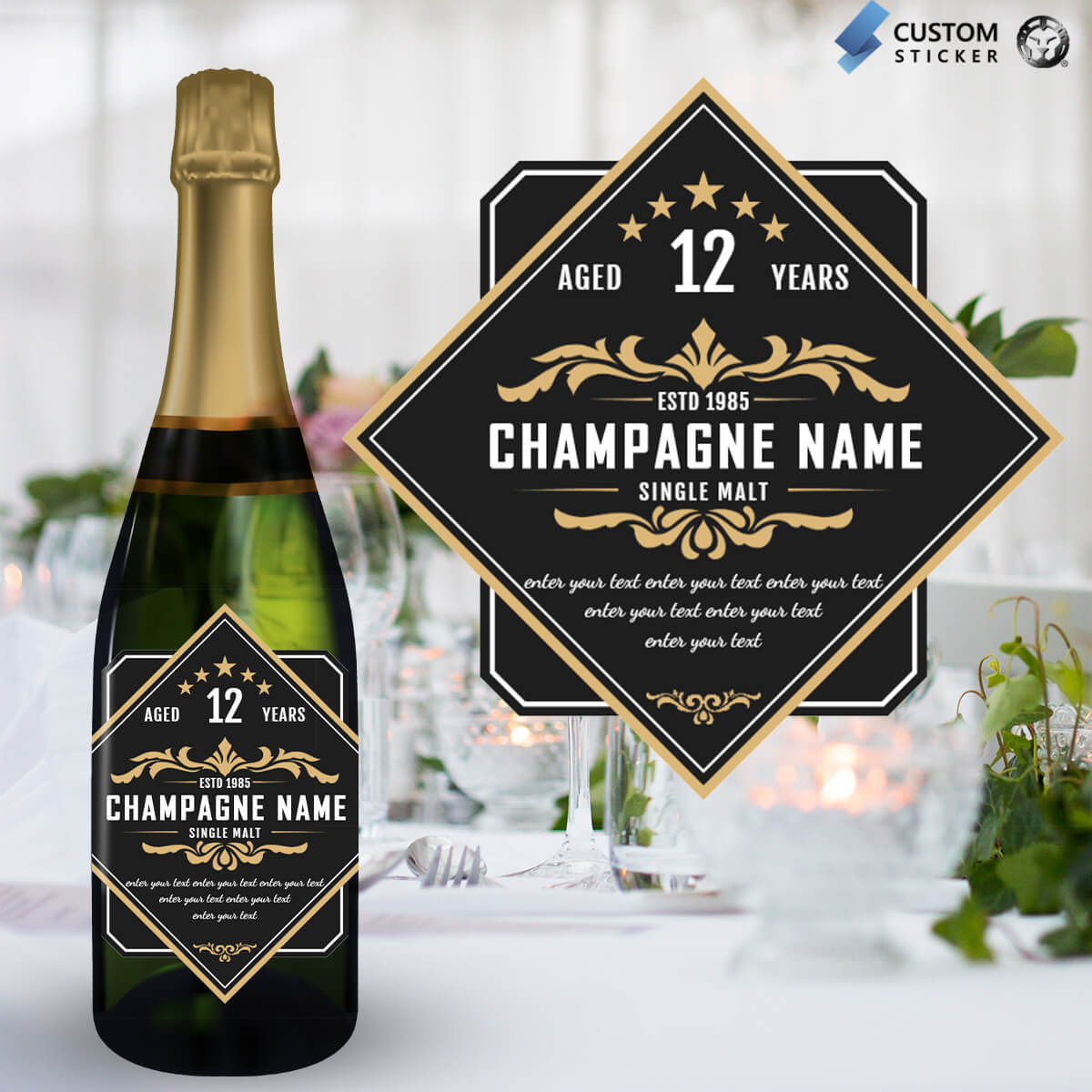Food and beverage are among the world’s biggest industries, and they are constantly growing at a rapid rate. In this industry, two major packing systems are used: bottled goods and jarred products.
Food industry growth is increasing the need for a large number of brands and products, as well as the bottled and jarred packaged goods. The number of food companies is growing, and the number of food products has increased as well. A rapidly growing industry is packaging. A glass or plastic container is the most common type of packaging in the food industry. You should consider your needs before selecting a packaging material.
Packaging – What Are They?
In the supermarket, packaged goods usually come in containers or packages. Large corporations produce these products and sell them in supermarkets around the world. The majority of supermarkets sell foods in large quantities, especially if they are produced in large plants.
Nuts, sweets, biscuits, juice, soft drinks, and packaged foods are all considered food items. Each food item is packaged differently. Plastic bottles are commonly used to pack juice and soft drinks, while glass jars are accustomed to pack canned fish.
Packages protect or enclose merchandise for storage, distribution, sale, and use. In marketing, branding, and style, packaging plays an important role. Packaging influences a customer’s first impression of a product and encourages them to buy the product. An item package can consist of the merchandise, a container, a wrapper, a dispenser, or even an instruction booklet.
So why do people prefer packaged goods in bottles and jars?
- The convenience of bottled and jarred packaged goods may outweigh the convenience of bottles. Consequently, they can’t be interrupted, so the bottle doesn’t have to be opened to use them.
- This reduces waste. Plastic bottles are typically made from nonbiodegradable material, which makes them environmentally unfriendly. Plastic bottles cannot be recycled fully. In this way, the plastic waste is typically mixed with other plastic waste and buried, resulting in harmful environmental effects.
- It is more convenient to package goods in jars. The PET bottles used for packaging are often made into jars. Reusable and easier to store, the jar can be reused without being washed.
- A bottle costs more than a jar. You only pay for raw materials when you buy jarred goods. Bottled goods also have to pay for packaging and raw materials.
Benefits of Bottled & Jarred Packaged Goods:
Bottled packaged goods tend to be more expensive than jarred packaged goods. The price of bottled foodstuff is higher than that of jarred goods in some brands. The market for packaged goods that are bottled and jarred is highly competitive.
Bottles are a convenient and safe package. They’re also inexpensive and easy to process. In addition, their shape makes them both attractive and ideal. They can be easily carried. Due to the heavy merchandise, large packaging, and high transportation costs, the burden of the merchandise is relatively large.
When using bottles or jars as packaging, you can also choose CustomSticker, whose die cut stickers and labels are used for packaging decoration, which has the benefits of saving the production of bottle shapes. For example, different types of red wine can use the same red wine bottle, and only need to change the label, which is cost-effective and convenient.
Jarred packaging is common in the food industry, which would be a reasonable choice. Bottles are more expensive. They can be recycled.
Conclusion
Manufacturers should pay attention to packaging. In addition to protecting the goods, it makes delivery easier and simplifies everything.
There are pros and cons to each type of bottled and jarred packaged goods. Depending on the product that will be packaged, the packaging material is selected. A product’s shelf life can be affected by the choice of packaging.


